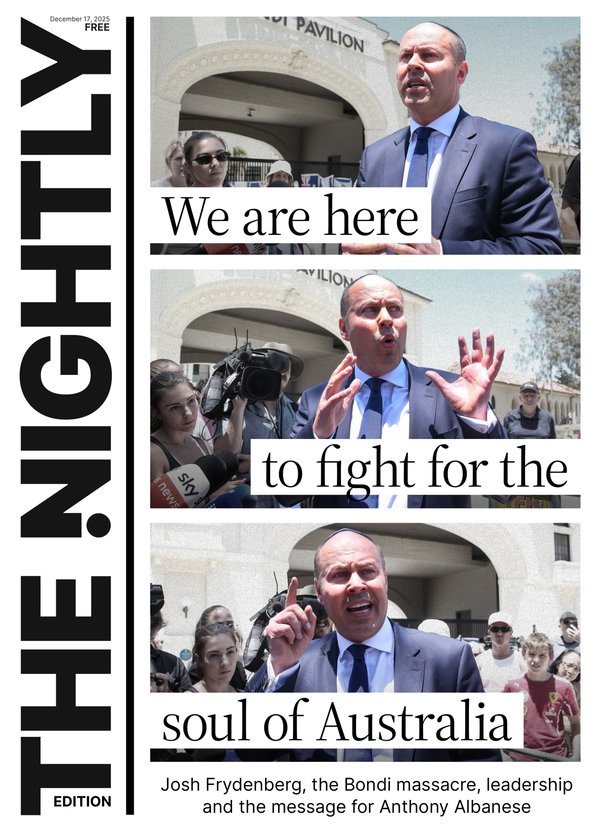Government spends 49 per cent of three year budget spruiking live export policy, says export council

Nearly half of the advertising spend by the Department of Agriculture, Fisheries and Forestry since 2022 as been spent on sharing the live sheep export ban, the Australian Live Export Council says.
According to a review by ALEC of Federal Government tenders under Anthony Albanese’s cabinet, 49 per cent of the department’s advertising spend has gone towards one tender related to the live sheep export ban.
Public records show a $2.3 million tender was awarded to media and advertising agency Universal McCann, running between December 6, 2024 to February 28.
Sign up to The Nightly's newsletters.
Get the first look at the digital newspaper, curated daily stories and breaking headlines delivered to your inbox.
By continuing you agree to our Terms and Privacy Policy.According to the figures, the DAFF has spent more than $4.66 million on advertising tenders since 2022 which included $390,000 for Bird Flu public notices and hundreds of thousands for biosecurity international traveller advertising campaigns.
ALEC chief executive officer Mark Harvey-Sutton said the live sheep export ban advertising campaign was not helping the communities most impacted.
“What we can see is that the Department has spent a staggering sum advertising the policy. Our calculations show that 49 per cent of all DAFF advertising since 2022 was dedicated to the ban,” he said.
“It’s clear that this advertising was being used to spruik the policy into east coast locations where the Government hopes there is sympathy for the ban, rather than to farmers who will be hurt by it.”
In 2024, the Federal Government passed legislation ending the live sheep export industry from mid-2028.
While the government committed $139.7 million as transition support, many in the industry have called for more.
The tender was brought up in a Senate estimates hearing in late February when Coalition Senators queried where the funds were going.
It was confirmed five metropolitan newspapers, including the West Australian, were advertised in as well as 35 radio stations across Western Australia.
According to Assistant Minister for Agriculture, Fisheries and Forestry Anthony Chisholm the advertising spend was not unusual.
“It’s not unusual for the Government to advertise about decisions that have been made which is obviously what we’re doing,” he said
A DAFF spokesperson said the advertising campaign reflected the need to inform the national supply chain.
“The advertising was undertaken to inform the public of the decision to phase out live sheep exports by sea in 2028, the transition assistance that is available, and to visit the department’s website for more information,” they said.
“While the sheep supply chain is national, the public information advertising had a higher weighting in Western Australia where the most impacted stakeholders are.
“Advertising was predominately placed in rural areas and as closely aligned to sheep farming and agriculture operations as possible, to ensure the target audience was reached.
“The proportion of advertising in WA was 69 per cent higher than the average of all jurisdictions. Radio accounted for around 75 per cent of national advertising.
“Other parts of Australia were included to capture the full breadth of the supply chain, including investors, business advisors and researchers.”
The spokesperson said there was no further plans for paid advertising.
